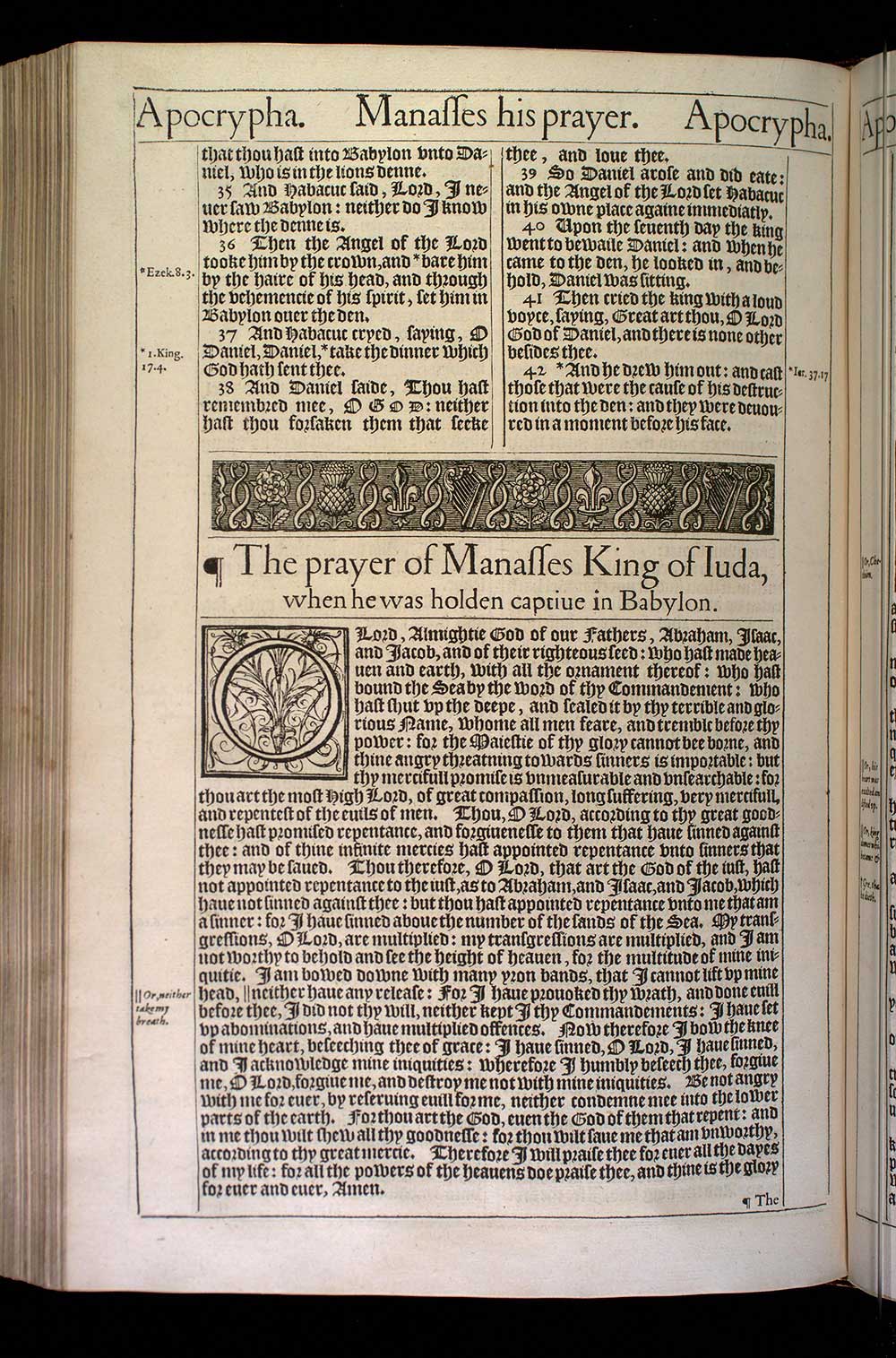The Prayer of Manasseh, a text often overlooked in biblical studies, holds profound hidden messages within its lines. This post aims to uncover these subtle yet powerful themes, offering insights into its historical and contemporary significance.
Exploring the Depth of Repentance and Forgiveness
The Prayer of Manasseh is a beautiful example of deep repentance and the seeking of divine forgiveness. It recounts the story of King Manasseh of Judah, known for his idolatry and sins, who turns to God in his imprisonment. This prayer is not just a plea for mercy; it’s a testament to the transformative power of repentance and the boundless grace of God.
Understanding the Historical Context
Written possibly during the Second Temple period, the Prayer of Manasseh provides a glimpse into the religious dynamics of the time. It reflects the Jewish understanding of sin and redemption and the belief in a compassionate and forgiving God. The historical context of this prayer enriches our understanding of its messages and the religious climate in which it was composed.
Symbolism and Theological Insights
The Prayer of Manasseh is laden with symbolism and theological insights. It explores themes of human fallibility, divine justice, and the hope of redemption. The prayer’s language and imagery invite readers to contemplate the nature of God’s forgiveness and the possibility of redemption, regardless of past transgressions.
Relevance in Modern Spiritual Discourse
Today, the Prayer of Manasseh continues to resonate, offering valuable lessons in humility, repentance, and the nature of divine forgiveness. It invites modern readers to reflect on their spiritual journey and the universal quest for redemption and grace.
In delving into the hidden messages of the Prayer of Manasseh, we gain not only a deeper understanding of this ancient text but also insights into timeless spiritual truths that remain relevant in today’s world.


Leave a Reply